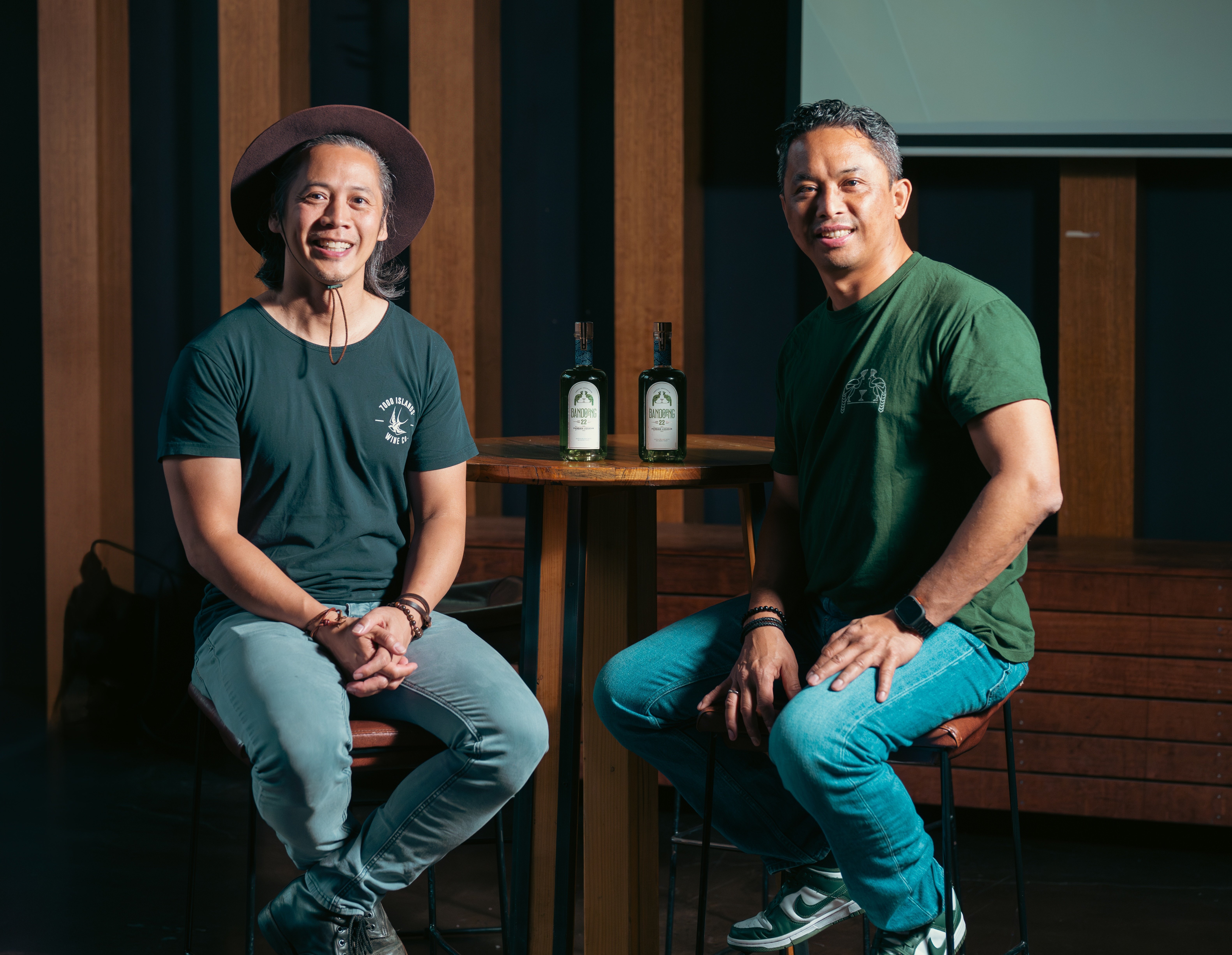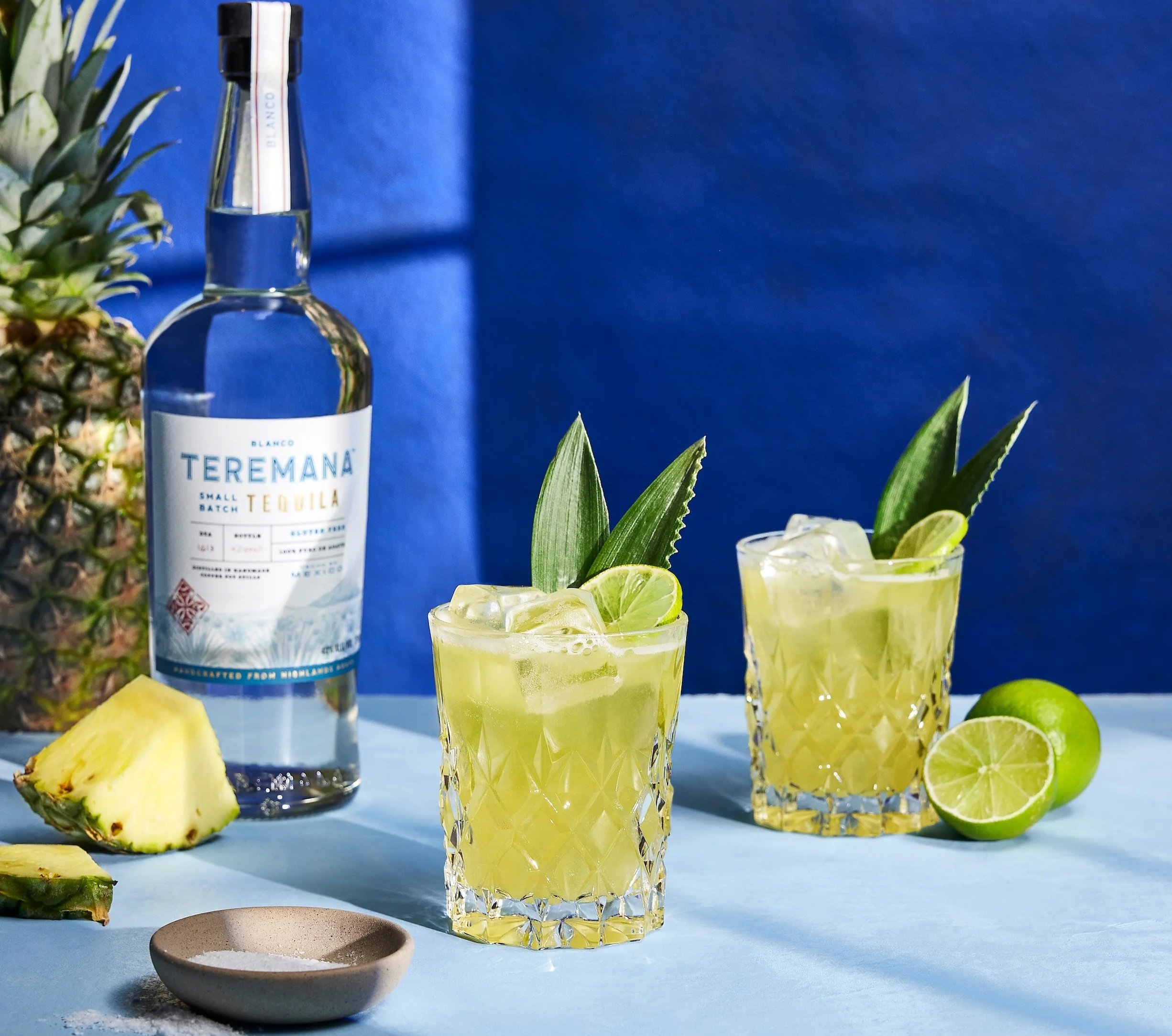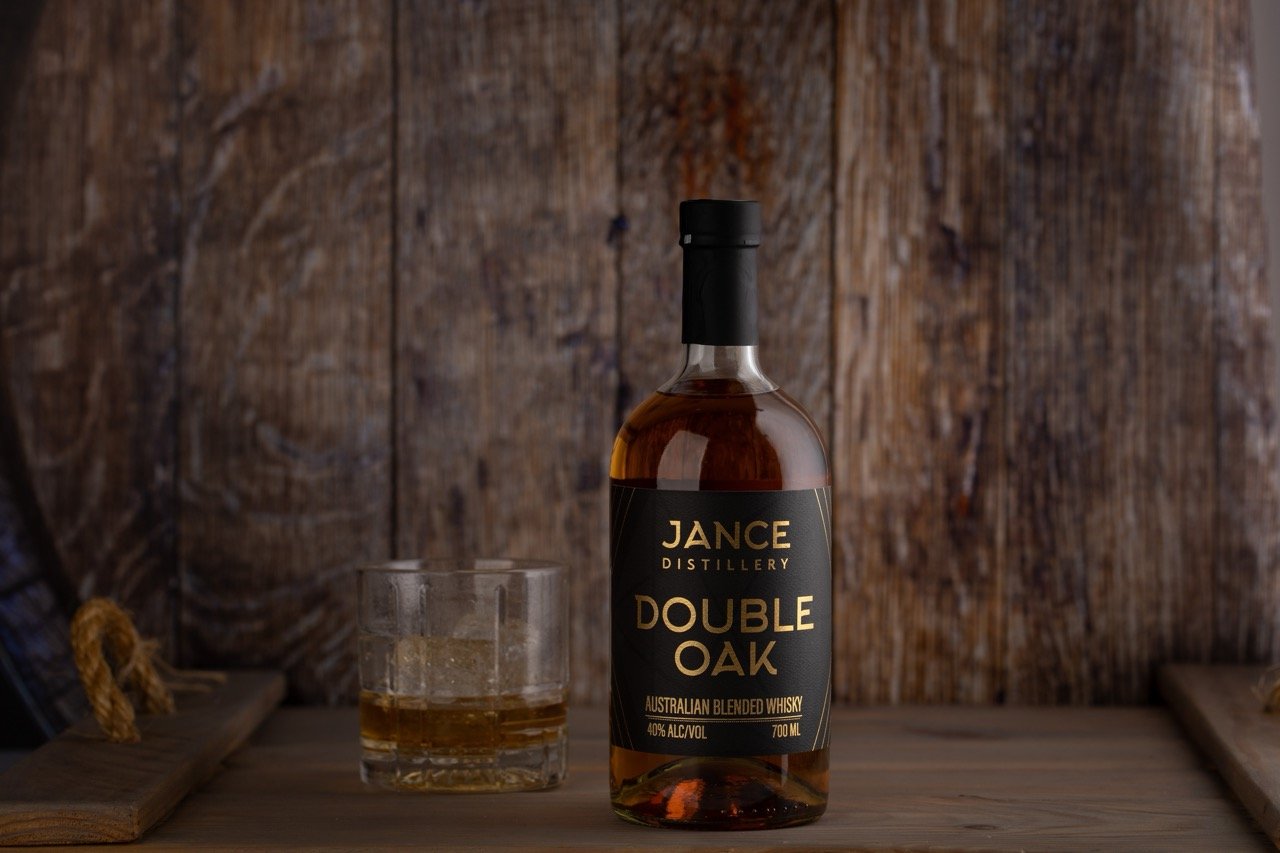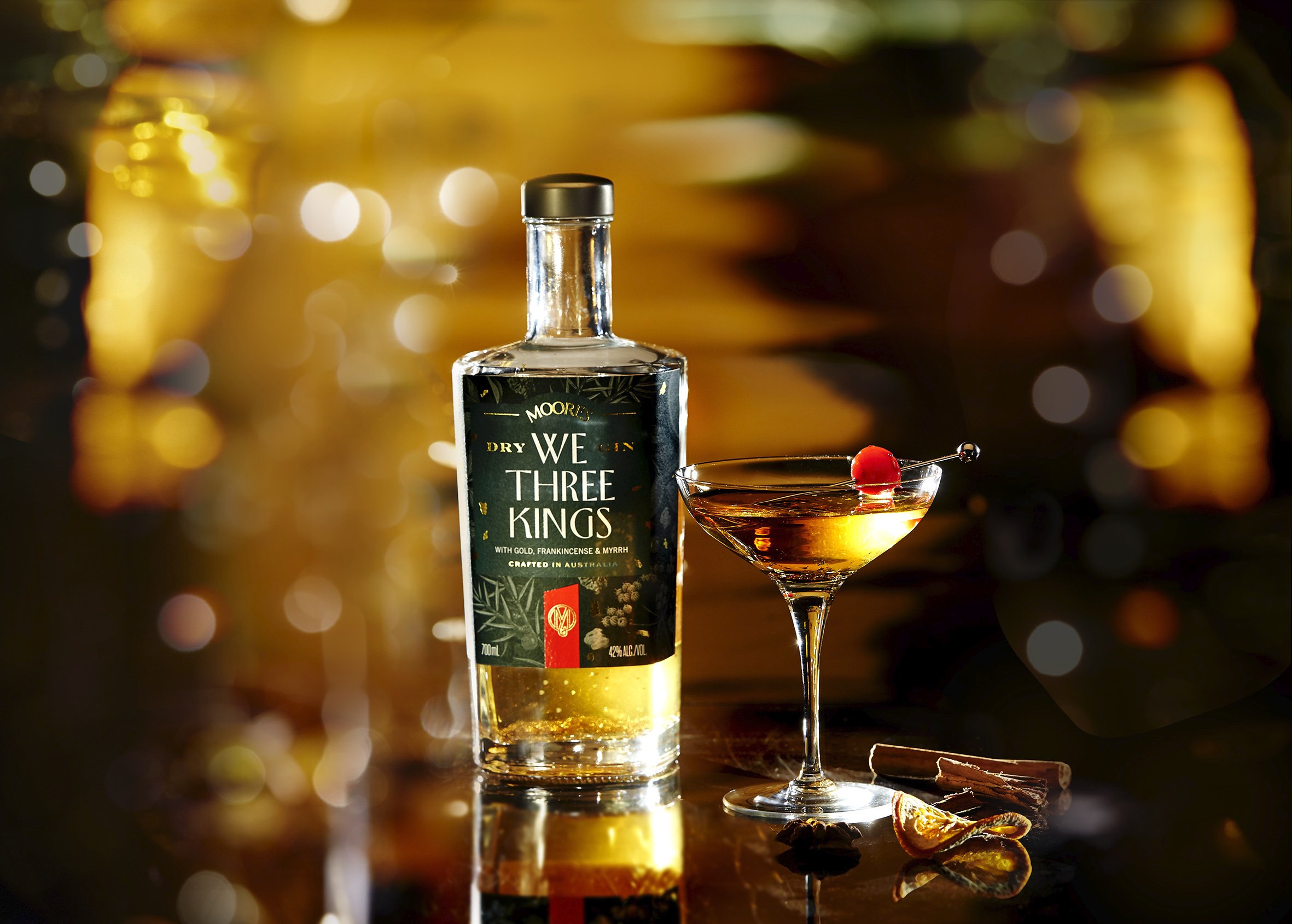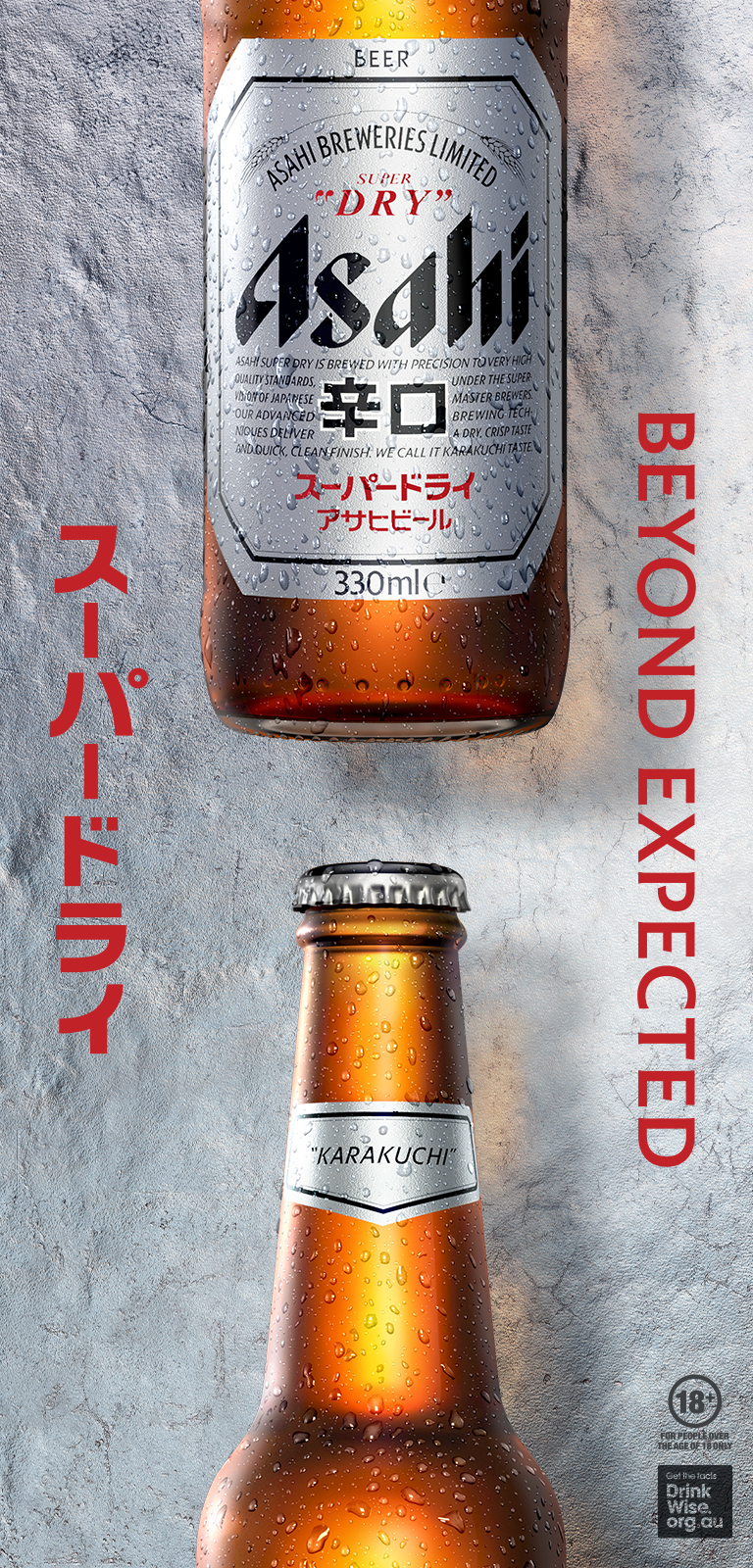Despite being one of the main differentiating factors and selling points across most whisk(e)y categories, the global drinks industry's overall knowledge of cask theory has arguably been limited by a focus on a few key, easily communicable selling points.
Drinks Trade recently caught up with Rob Tyson, Head Distiller at Old Kempton Distillery, to explore the lesser-known factors of maturing whisky in oak casks, starting with the history itself.
“A couple of hundred years ago, whisky was not matured; it was essentially an alcohol produced from excess grain in good growing seasons,” he said.
“Depending on which story you listen to, barrel maturation of whisky came about because the English started charging the Scottish excise on homemade alcohols, so the Scottish response to that was to hide it from them, and the best place to hide it was in oak casks.”
This narrative also serves as a historical explanation into the differences between traditional and non-traditional oak casks.
“In Scotland and Northern England it was the Sherry casks that were being brought in as kind of the big middle class drink of Britain at the time, you could buy these casks either down at the docks or from the traders,” said Tyson.
“From there, casks were being laid down for more time, and people were finding that the quality of the whisky improved with time and knowledge, and that's really where the maturation in whisky came from. For that reason, single malt whisky has traditionally been aged in pre-used casks. So starting off with those Spanish sherry, Portuguese port casks as well played a big role, and then since about the 1970s American bourbon casks.
“For distillers like ourselves that follow the Scottish tradition of distillation pretty closely, those traditional cask types are essentially what in Scotland would be port, sherry and these days bourbon as well.”
On top of the differences in finishing, ex-bourbon casks also differ based on the type of oak used. However, whilst the differences between European and American oak tend to be relatively well understood by industry, Tyson recognises that there the sub-species of French oak also impart subtle differences.
“There's a couple of species that kind of fall under that category coming out of the French forest, so of the main two oak varieties there are Sessile oak and English oak. They tend to have a tighter grain than the American oak. They grow a lot slower, which is why they have that tighter grain, and they produce different flavours.
“A kind of rule of thumb is that, from the French oak, you'll get more spices, cloves, cedar and a nutty/walnut kind of characteristic, whereas from the American oak - so for us that's mostly in our bourbon casks - you get a lot more vanilla. Also oak lactone starts to play a role, so bringing in those more coconut style flavours as well.”
Many distilleries blend whiskies matured in French and American oak together to create a more complex and harmonious whisky.
“We look to blend bourbon and pinot [casks] for some of our releases that we work on because of the way those two interact. From our pinot casks, we look for a balance between the kind of vibrant fruitiness of the pinot itself and then those spices and nutty aspects of the oak. Then working with American oak on top of that, if you can get those jam and berry fruits to work nicely with the pinots, you can get some really cool kind of custard dessert style flavours which can be fun to work with.”
When asked whether the final whisky is influenced more by the cask finishing or by the cask type, Tyson says “it depends a little bit on the cask itself.
“We've got casks in our bond store that are over 100 years old [and] we've got casks in our bond store that are five/six years old," he continued.
"If you're using a cask that's 100 years old and held Tawny for 100 years, you'll get less of the oak influence [and] more of the wine influence. If it's a younger cask: more of the oak influence, less of the wine influence."
All oak barrels used for whisky consumption are toasted prior to being filled with new-make spirit. While the toast and char level frequently contributes to bourbon’s marketing, it is less understood in the context of single malt whisky production.
“Essentially the toasting is about crystallising and breaking up the sugars and the tannins and the other component parts in the oak and making them more soluble so they're able to be drawn out into the whisky,” said Tyson.
“The heat of the toast and the length of the toast will affect how deep that goes and also how far the crystallisation goes. A heavier toast or a heavier char will reduce oak lactones. A lighter one will promote those more.”
Old Kempton Distillery employs a medium toast/heavy char for its ex-Tasmanian Pinot Noir cask house style, but alters the char level when producing experimental cask expressions.
“There's a handful of wineries we work quite closely with - Moorilla Estate, Spring Vale, Stefano Lubiana are the key ones - and we're able to look at their records of what wine's been through that cask, [and] match it back and look at the original French Cooperage as well,” said Tyson.
“At this stage, we're probably more in a space of keeping those records and tasting through and trying to put our fingers on exactly what the best path for a cask is to create the whisky that we want.”
So far, Old Kempton believes that the smell of the cask while it is being toasted as the best indicator of its suitability for whisky production.
“For us, the smell is the big one. When you smell the cask, you can get a pretty good indication of what kind of flavour you're going to be getting out of it, and even better is smelling it while it's being toasted… If we can get out with our coopers and smell the casks as they're in that toasting process, then that really helps us pick apart what's working well, what's producing good flavours and what's not.
“These days, the coopers on the hoops or on the casks, they'll write little notes to us about the smells that were coming out during toasting.”
Rob Tyson concluded by outlining the three key objectives of maturing whisky in oak.
“Firstly, there's the stuff you lose so that's what you lose through evaporation; what's termed the angel's share, but it's also what gets caught within that layer of charcoal inside the cask (so larger molecules get caught in that charcoal, smaller molecules are able to pass through the cask and evaporate). By the time our casks are mature we expect to have lost about 25% of our starting volume just through the maturation. So that's what we're losing while we're gaining its flavours from that previous alcohol and from the oak so over time we're able to get different aspects of those in.
“The other part of it is the stuff that just takes time. That's essentially how much of those flavours come in the breaking down of flavour compounds and reforming into different flavour compounds and the kind of polymerising of different tannins together.
“It's kind of those three aspects and any change you make in terms of the treatment of your cask or the selection of your cask you're usually looking to highlight a different aspect. If you're selecting really old tawny casks you're doing that to get more of that wine influence; if you're looking for younger casks - especially bourbon casks - you’re generally looking for more of the oak influence itself; and then if you're looking to mature for a long period of time (in Australia we tend to do relatively short maturation which is partially due to the style and the age of the industry and also the climate here), but if you're looking to mature for longer you're not going to want so much oak coming into your whisky as quickly because by the time you get through maturation you'll end up with something dominated by that oak and that's not necessarily going to be a good experience.”

Previously featured in Drinks Trade’s Explained series: Spritz, French brandy regions, Oktoberfest Limoncello,Mead, Rakia, Zinfandel
Share the content




